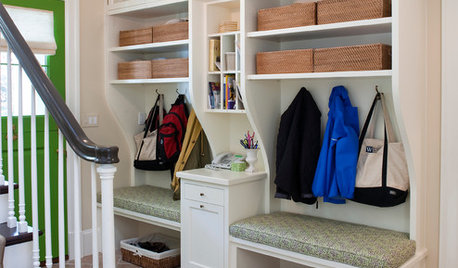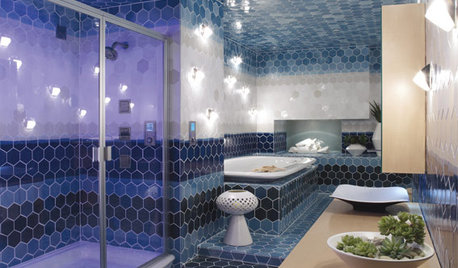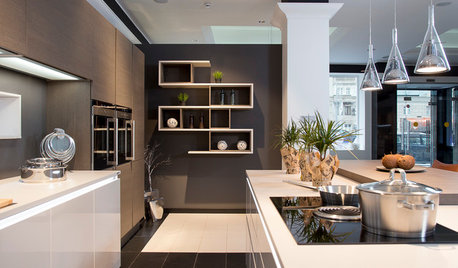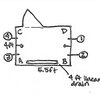I maintain 700 gallons of aquariums in my loft apartment (I'm obsessed, I know.) The water in our building is poor due to the building's age, so I have always used RO water which I remineralize manually. I have a 165g storage tank with a well pump to account for the slow RO production rate.
My system was originally a 4-stage:
1. sediment filter
2. pre-filter
3. 50GPD RO
4. Permeate pump
5. Water tank
6. Polishing filter
7. Output
I wanted increased output, so I was sold a 75GPD module and a boost pump. The boost pump went between the sediment and pre-filter. I removed the flow restrictor from the 50GPD unit and connected the waste line to the input of the 75GPD unit, then placed the flow restrictor on that module's waste line.
The RO membranes have been in use several years (though the other filter elements have been changed several times) and flow had dropped off considerably, So it was time to change them. I saw no reason not to upgrade them to 100GPD membranes. For good measure, I decided I would add a third membrane.
I was never sure whether the RO membranes should be daisy chained or run in parallel. Most diagrams online have them in series, but it seems like the downstream units would see dirtier water and be likely to wear out faster. I also don't know what the flow restrictor rate should be. If you're feeding three 100GPD units, a single 1000mL flow restrictor that is meant for one 100GPD unit doesn't seem appropriate, but 3000mL doesn't seem right either.
So I decided to do it in parallel. I put check valves on the good water lines and have 1000mL flow restrictors on each waste line. I left off the pressure storage tank since I should get decent flow in this system and it doesn't get to fill much of the time anyway. And I left the permeate pump out because it says it's limited to 120GPD and I wasn't sure what would happen if I drove it at a higher rate. I did find this http://www.permeate-pump.com/doublepump_systems.htm which describes using dual permeate pumps and says it's capable of using two 150GPD units to drive it so it should work in my scenario. But I need to get a second permeate pump if I want to do that. The other problem is it recommends using 3/8" input and waste lines. While I could get a larger source line and the boost pump has 3/8" connectors stepped down to 1/4", the sediment and pre-filter modules have 1/4" connectors and that doesn't seem to be replaceable without replacing the whole module. The membrane housings are also 1/4" connectors, but by then it may not need to be 3/8". I could get 3/8" line for it to empty into, but the saddle connector I have for the sink drain line is 1/4".
It works, but it doesn't seem to be any faster than one unit alone. Also, if I turn off the faucet, it continues to run, never seeming to turn off the boost pump. If I run a single RO membrane it shuts off as expected. It also seems like if I turn off the faucet, the waste water output increases which I guess is to be expected. I bought a hydraulic switch to stop waste water output as I didn't have one previously. It's compatible with a permeate pump but I need to go to the store for a connector before I can add it. I do notice that in the link above, when they put a boost pump in the system, they don't use a hydraulic valve. I didn't have one before. Perhaps the permeate pump served that purpose? I figured it couldn't hurt to add one, but it may not work in this system.
I can't tell if all the air is bled from the system yet, so I think tomorrow I will get valves to allow turning off individual units so I can prime each. Or maybe someone will tell me to go to the series arrangement instead. Or perhaps I should try two membrances instead of 3. Can I let one dry out without ruining it? I could use one as a second stage, but I don't think the water needs to be cleaner for my use. I thought I had it figured out, but between discovering the Permeate pump couldn't handle the rate (though I'm not sure what will happen if I try) and it not functioning as expected without the permeate pump, I'm kind of stuck. Any help would be appreciated.
Michael
Here is a link that might be useful: Dual permeate pumps to increase efficiency

















Related Discussions
Misting Systems & RO
Q
my Hydro system design and water loss issues
Q
help! water softener and ro system for my home
Q
Best point-of-use RO
Q